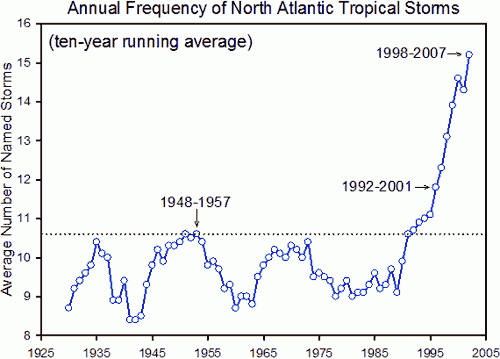Check out some shocking global warming statistics!
Antarctica has lost about 3 trillion metric tons of ice since 1992.

Carbon dioxide concentrations have increased by 40% since pre-industrial times, primarily from fossil fuel emissions and secondarily from net land use change emissions. The ocean has absorbed about 30% of the emitted anthropogenic carbon dioxide, causing ocean acidification.
Atmospheric CO2 levels have risen 30 percent in the last 150 years, with half of that rise occurring only in the last three decades.
According to the Intergovernmental Panel on Climate Change, each of the last three decades has been successively warmer at the Earth’s surface than any preceding decade since 1850.
High tide flooding across US coastlines this year may surpass what was typical flooding 20 years ago by as much as 60%, according to NOAA scientists.

More than 300,000 U.S. coastal homes worth a combined $117.5 billion are at risk of chronic tidal flooding, according to a 24/7 Wall St. review of data modeled by the Union of Concerned Scientists. These homes will likely have 10% or more of livable land area flooded at least 26 times per year.
On a world scale, coral reefs are in decline. Over the last 30-40 years 80% of coral in the Caribbean have been destroyed and 50% in Indonesia and the Pacific. Bleaching associated with the 1982 -1983 El-Nino killed over 95% of the coral in the Galapagos Islands, and the 1997-1998 El-Nino alone wiped out 16% of all coral on the planet. Globally, about 1% of coral is dying each year. This mass decline is mainly caused by bleaching, an effect that comes from the waters in our oceans getting warmer due to global warming.

Scientists say that by 2030, one fifth of Miami will be underwater.
The planet is undergoing one of the largest climate changes in Earth’s history, and also one of the fastest in the past 65 million years. The current warming is projected to occur at a rate 10 times faster than any change over that period.
47% of terrestrial (non-flying) threatened mammals (out of 873 species) and 23.4% of threatened birds (out of 1,272 species) may have already been negatively impacted by climate change in at least part of their distribution.

Cheetah numbers have plummeted 90% in the past century. Their lithe body frames, built for unsurpassed speed, are ill-equipped to deal with habitat change caused by global warming.
16% of all known species could go extinct because of climate change, says University of Connecticut ecologist Mark Urban in a new paper published in the journal Science.
The past 10- to 20-year period was likely the warmest of the past millennium.
The rate of sea level rise since the mid-19th century has been larger than the rate during the previous two millennia.

One metric ton of carbon dioxide emissions results in three square meters of Arctic sea ice melt, researchers found. The average American emits about 16 metric tons of the pollutant annually, according to World Bank data. That means the average American melts nearly 50 square meters each year.
If human greenhouse gas emissions are not reduced and warming continues along its current trajectory, about one in six species could vanish from the face of the Earth, according to Mark Urban.
Urban analyzed 131 previously published scientific papers to determine how extinction rates change with increased global temperatures. He found that globally, the extinction rate speeds up the more the planet warms.

The Yangtze River dolphin was revered as the goddess of protection by local fishermen and boatmen. It is the first dolphin species driven to extinction by human impact.
Melting three square meters of Arctic ice would result from driving 2,397 miles, consuming two months of electricity in the average American home or using 2.3 barrels of oil, according to EPA data.
Researchers found a linear relationship between sea ice levels in the Arctic in September—the lowest point of the year—and total carbon dioxide emissions in the past three decades. Without action to slow carbon dioxide emissions, ice could disappear entirely from the Arctic in warm summer months in a matter of decades. Sea ice reached the second-lowest point on record this fall.









